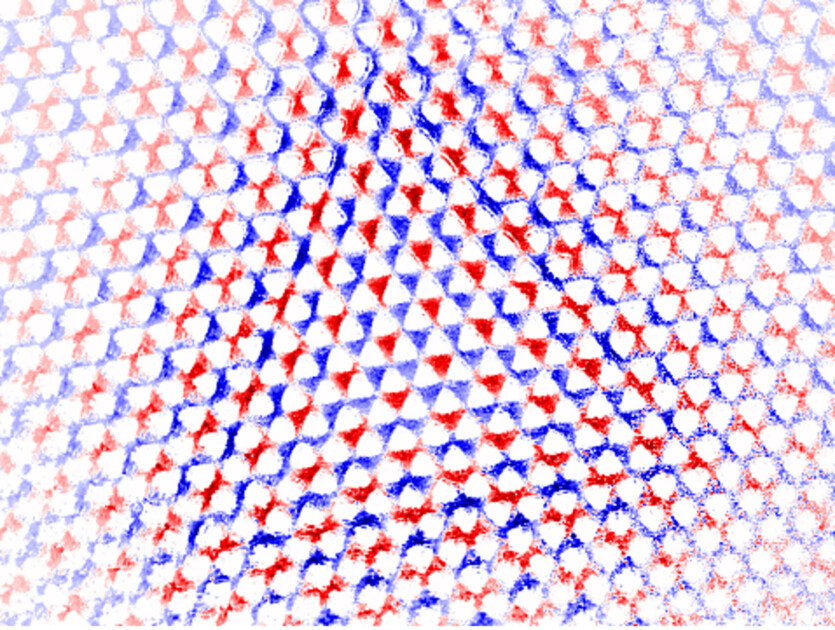
Danish researchers from the Niels Bohr Institute in Copenhagen, together with scientists from the University of Konstanz and the Swiss Federal Institute of Technology Zurich have created a tiny membrane capable of transmitting sound signals with almost no energy loss.
The silicon nitride membrane, similar to those used as a drum cover, is only 10 mm wide and covered with triangular holes. The vibrations, which are propagated in the form of sound waves — phonons, cleaner even than signals in the most modern electrical circuits.
As atoms begin to vibrate, they bounce off neighboring atoms and create a wave that carries information. If the wave is weakened or affected by temperature while traveling, it becomes more difficult or impossible to recover the information it carried. The researchers found that the vibrations that pass through their membrane hardly lose energy and do not weaken the signal.

Even when the oscillations bypassed holes in the membrane or changed direction, about one phonon per million was lost. This is much better than what is observed in electrical circuits, where signals attenuate hundreds of thousands of times faster.
Such precision could make this membrane a new tool for data transmission in a variety of devices, from quantum computers to high-precision sensors. However, developers from the Niels Bohr Institute, professors Xiang Xi and Albert Schlisser emphasize that it is too early to talk about any further application of their membrane.
Currently, scientists around the world are exploring the possibilities of creating an ultra-precise quantum computer, the efficiency of which depends on the accuracy of data transmission between its various components. Another area of quantum research concerns sensors capable of measuring subtle fluctuations in the human body. However, at present Xiang Xi and Albert Schlisser want to better explore the possibilities of their own development.
«Now we want to experiment with this method to see what we can do with it. For example, we want to build more complex structures and see how to make the phonons move around them, or create structures in which the phonons collide like cars at an intersection. This will give us a better understanding of what is ultimately possible and what new programs might be possible», — explains Albert Schlisser.
The results are published in the journal Nature
Source: SciTechDaily

Spelling error report
The following text will be sent to our editors: